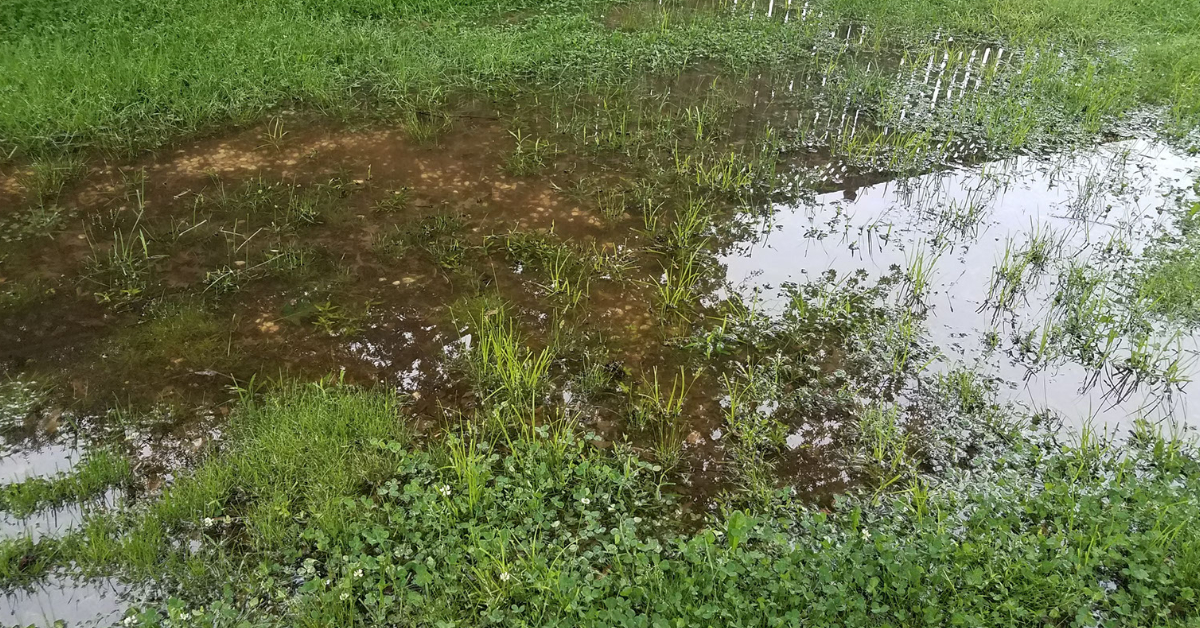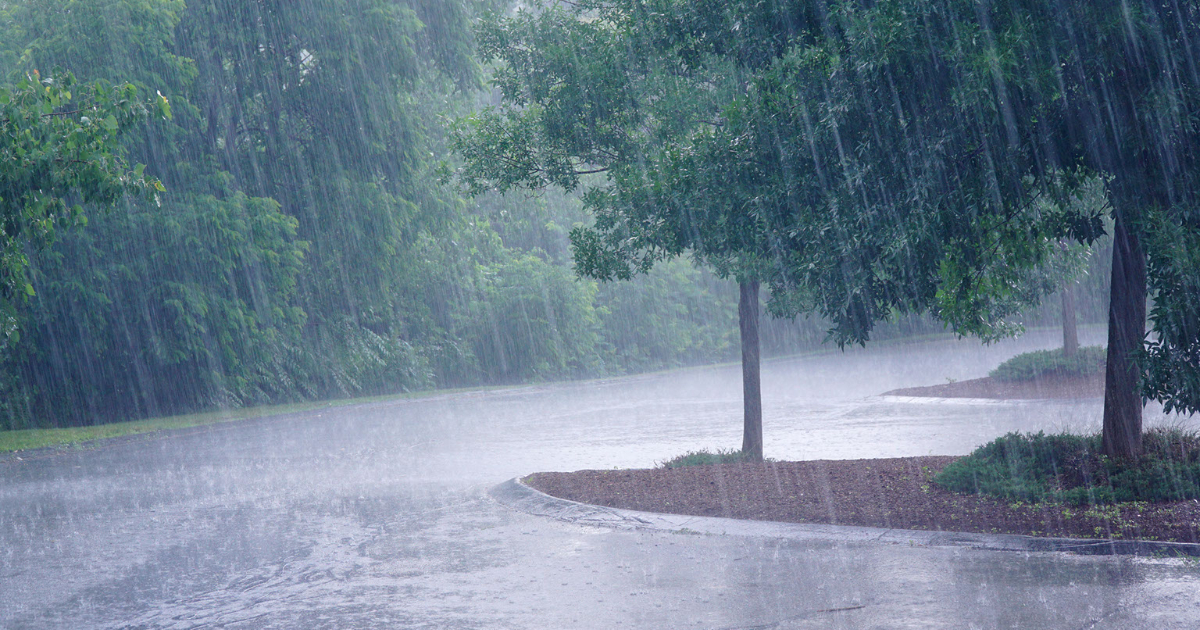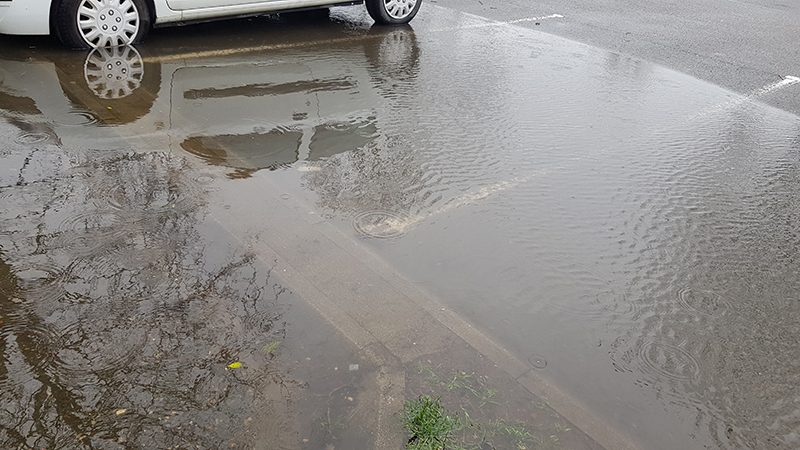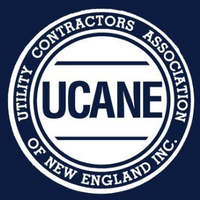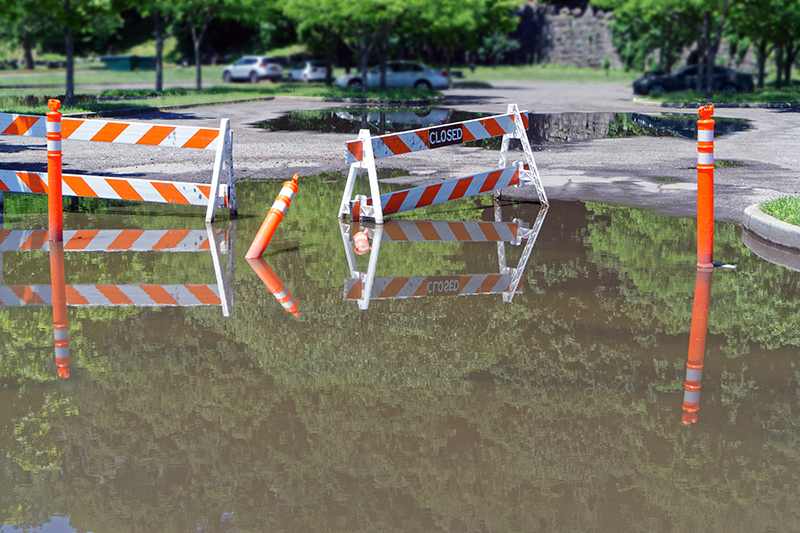
In urban areas, the issue of storm water runoff poses significant environmental challenges. As rainwater flows over impervious surfaces such as roads, parking lots, and rooftops, it accumulates pollutants and picks up speed, resulting in increased erosion, water quality degradation, and flooding risks. However, through the implementation of effective storm water management practices, reducing storm water runoff can be achieved, curbing the torrent and mitigating its adverse effects on the environment.
-
Implementing Green Infrastructure: One of the key strategies for reducing storm water runoff is the integration of green infrastructure. This approach involves incorporating vegetation, permeable surfaces, and natural drainage systems into urban landscapes. Green roofs, rain gardens, and permeable pavement are examples of green infrastructure elements that capture and absorb rainwater, allowing it to infiltrate into the soil rather than becoming runoff.
-
Rainwater Harvesting: Another effective technique for mitigating storm water runoff is rainwater harvesting. This process involves collecting and storing rainwater for later use. By capturing rainfall from rooftops and other surfaces, it can be directed to rain barrels, cisterns, or underground storage tanks. This practice not only reduces the volume of runoff but also provides a valuable source of water for irrigation, reducing the reliance on freshwater resources.
-
Constructing Detention and Retention Basins: Detention and retention basins are engineered structures designed to temporarily store storm water runoff. Detention basins control the flow of runoff by slowing it down and releasing it gradually, reducing the risk of downstream flooding. Retention basins retain the runoff for an extended period, allowing for natural infiltration and groundwater recharge. These basins play a vital role in reducing the volume and velocity of storm water runoff.
-
Permeable Pavement: Traditional impervious surfaces, such as concrete and asphalt, contribute significantly to storm water runoff. However, the use of permeable pavement offers a solution to this problem. Permeable pavement allows rainwater to infiltrate through the surface, reducing runoff and promoting groundwater recharge. It can be used in parking lots, sidewalks, driveways, and other paved areas, effectively curbing the torrent of storm water.
-
Managing Vegetation and Open Spaces: Preserving and managing natural vegetation and open spaces is crucial in reducing storm water runoff. Trees, shrubs, and grasses help intercept rainfall, promote evaporation, and enhance infiltration. By maintaining vegetated buffers along water bodies and preserving natural landscapes, the amount of runoff can be significantly reduced, while also improving water quality and providing habitat for wildlife.
-
Public Education and Outreach: Educating the public about the importance of reducing storm water runoff is essential for widespread adoption of storm water management practices. Public outreach programs can raise awareness about the impacts of runoff and provide information on simple actions individuals can take to reduce their contribution to the problem. Encouraging practices such as installing rain barrels, minimizing impervious surfaces, and proper disposal of pollutants can make a significant difference in curbing the torrent of storm water.
In conclusion, reducing storm water runoff is vital for safeguarding the environment and mitigating the negative impacts associated with excessive runoff. Through the implementation of green infrastructure, rainwater harvesting, construction of detention and retention basins, utilization of permeable pavement, managing vegetation and open spaces, and public education efforts, the torrent of storm water can be effectively curbed. By adopting these storm water management practices, we can preserve water quality, prevent erosion, reduce flooding risks, and protect our ecosystems. So, let’s take action and work together to ensure a sustainable and resilient future by reducing storm water runoff.
If you have any questions about how reducing storm water runoff curbs the torrent, or would like to schedule an appointment we are happy to help. Please contact us today! Jolin Paving & Excavating, Inc. is your New England connection for a vast variety of environmentally related services. Our company has been serving Boston Massachusetts, Southern NH, VT & ME as well as Northern CT & RI since 1952. Please Contact us to learn more today.
Environmental related issues occur all of the time, and can strike at any time. That is exactly why you need to have a local and reliable environmental services company at the helm and ready to go whenever you actually need them.
Jolin Paving & Excavating, Inc. is a fully licensed and bonded utility contractor that has the ability to pull the proper permits in municipalities across New England.
continue reading

